AARP Hearing Center
Museums offer an opportunity for learning about famous and not-so-famous people in history. You may have heard of Harriet Tubman and Mary McLeod Bethune, but do you know the story of Justina L. Ford, M.D., or Lillie Carroll Jackson? To learn more about these African American women, consider visiting a museum that has a connection to them.
People older than 60 are the most frequent visitors to art museums, history organizations, and botanical gardens, according to the American Alliance of Museums’ 2024 Annual Survey of Museum-Goers Data Story Update.
The museums listed below are worth a visit as a destination named after an African American woman who made a historic, civic, or artistic contribution. This is not a comprehensive list of museums, but it’s a starting point. Contact or check museum websites in advance to determine any closures or the need for reservations.

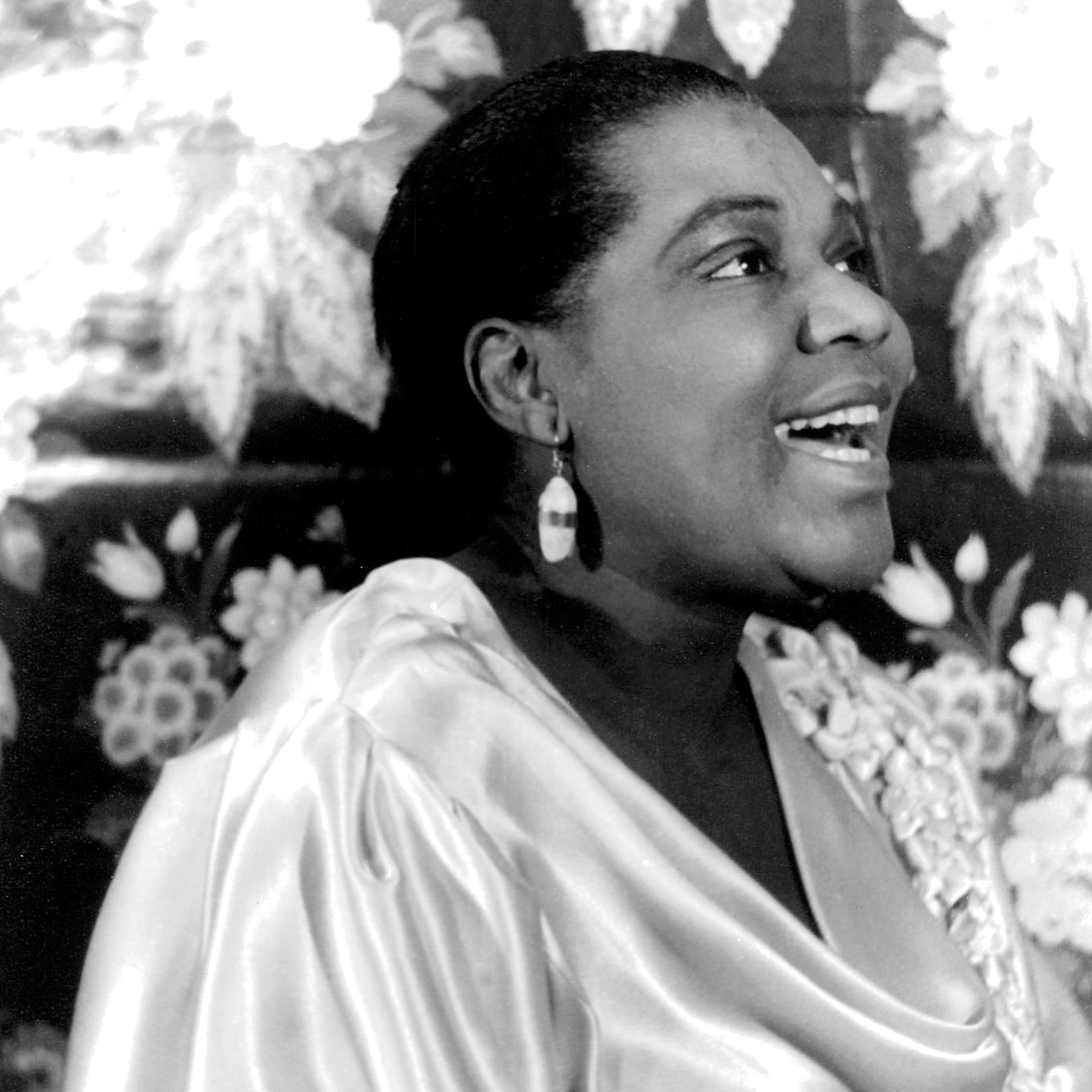
Bessie Smith Cultural Center and Chattanooga African American Museum, Chattanooga, Tennessee
Bessie Smith was from Chattanooga and trained with notable blues singer Ma Rainey. Smith became known as the “Empress of the Blues” and recorded with the likes of Benny Goodman and Louis Armstrong. She had hits such as “Down Hearted Blues” and “Tain’t Nobody’s Biz-ness if I Do.” Although the museum is named after this hometown hero, Smith’s is one of many displays in the “Chattanooga’s Black Soundtrack” permanent exhibit. As part of the exhibit, you hear her sing and see rare footage of Smith. The rest of the museum includes “Walk Through Time: The Chattanooga African American Experience” and other rotating exhibits about African American history. This building is wheelchair accessible with a ramp at the entrance to the single-story building. Admission: $10 for adults, $7 for adults 65-plus, and free to members.

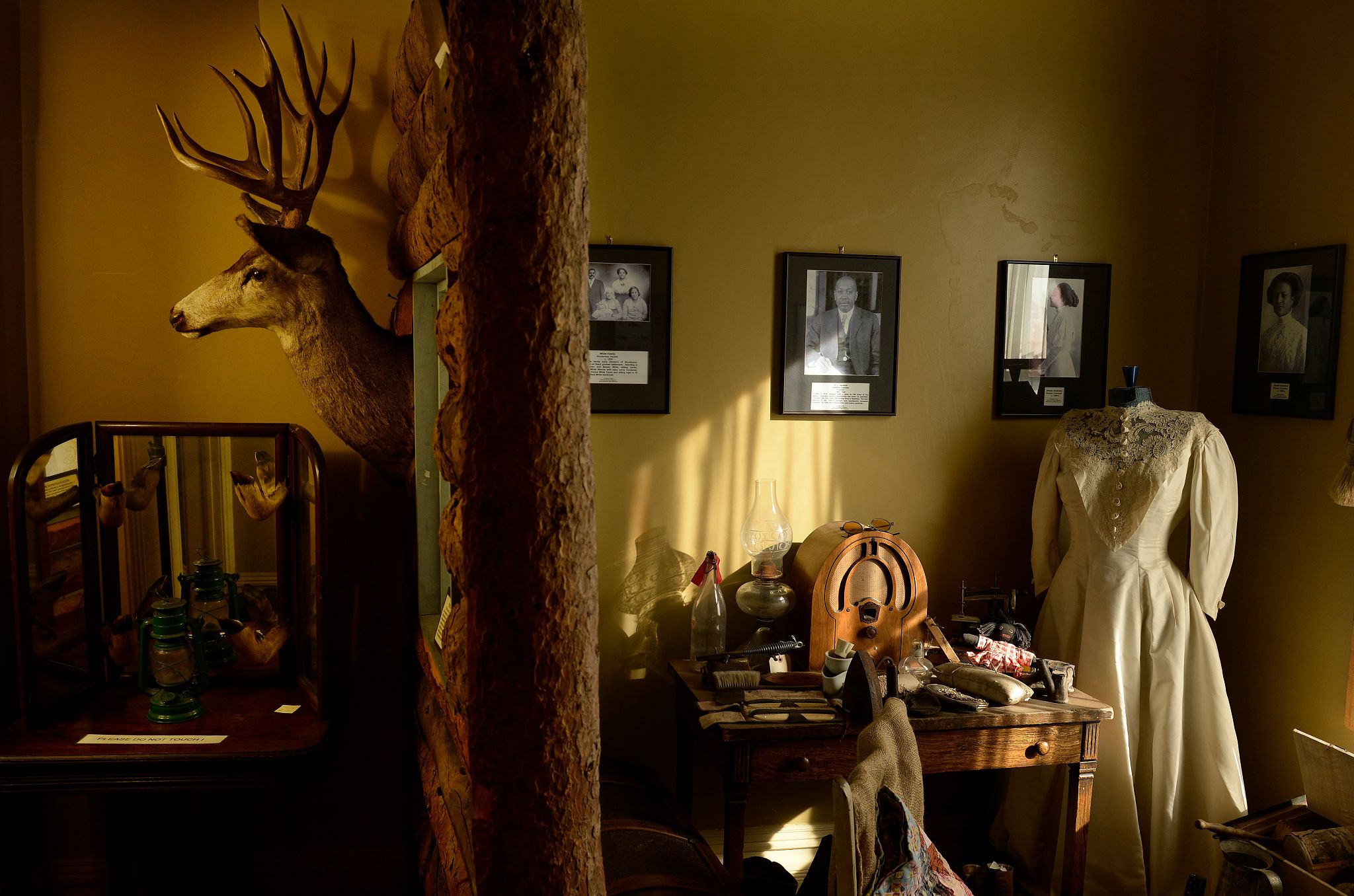
Black American West Museum & Heritage Center, Denver
Although this museum, housed in the former home of Justina L. Ford, M.D., is not named after Ford, her story and that of her home are part of the museum’s exhibits. Originally from Chicago, Ford moved to Denver with her husband in 1902. After being denied access to practice medicine in local hospitals, she and her husband bought a two-story brick home in Denver’s Five Points neighborhood where she delivered a reported 7,000 babies. The home was saved from demolition in 1983 and moved to its current location nearby in 1984. Paul W. Stewart founded the Black American West Museum in 1971; it relocated to this home in 1989. The museum primarily tells the stories of African Americans who settled in the West. Only the first floor of this two-story house is wheelchair accessible; visit sign-ups are required. Admission: $15 for adults, $12 for adults 65-plus.
































































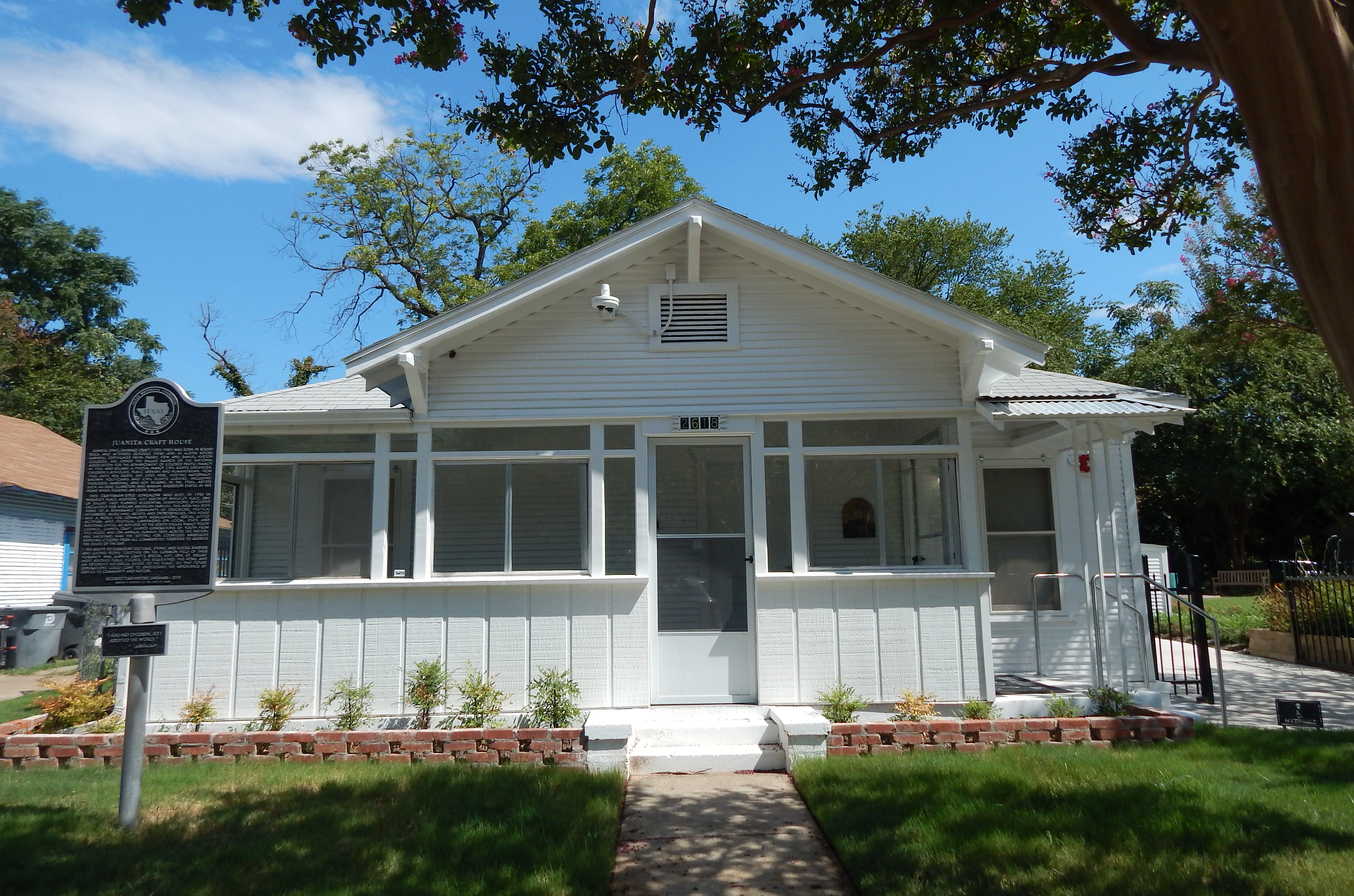
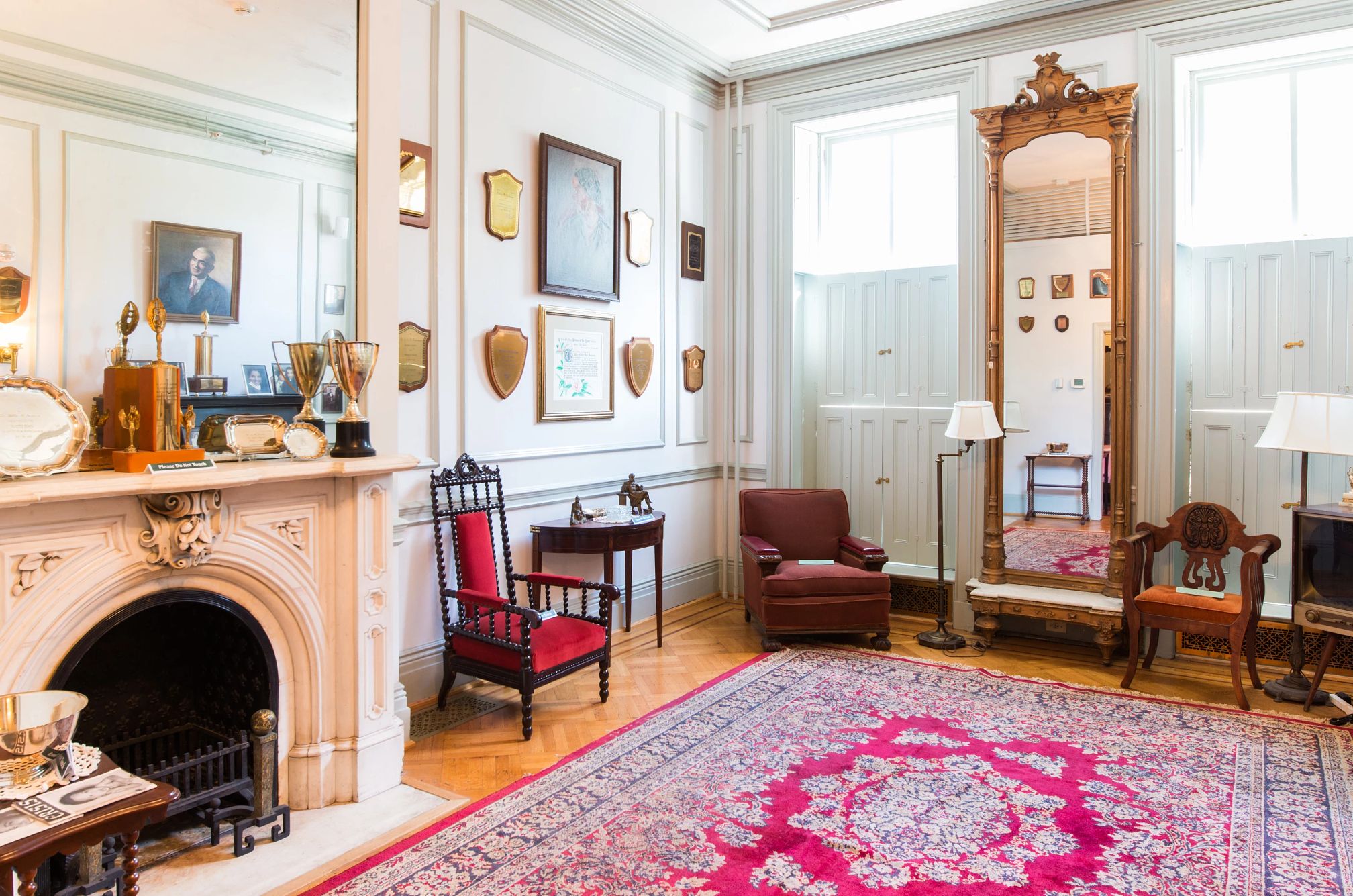

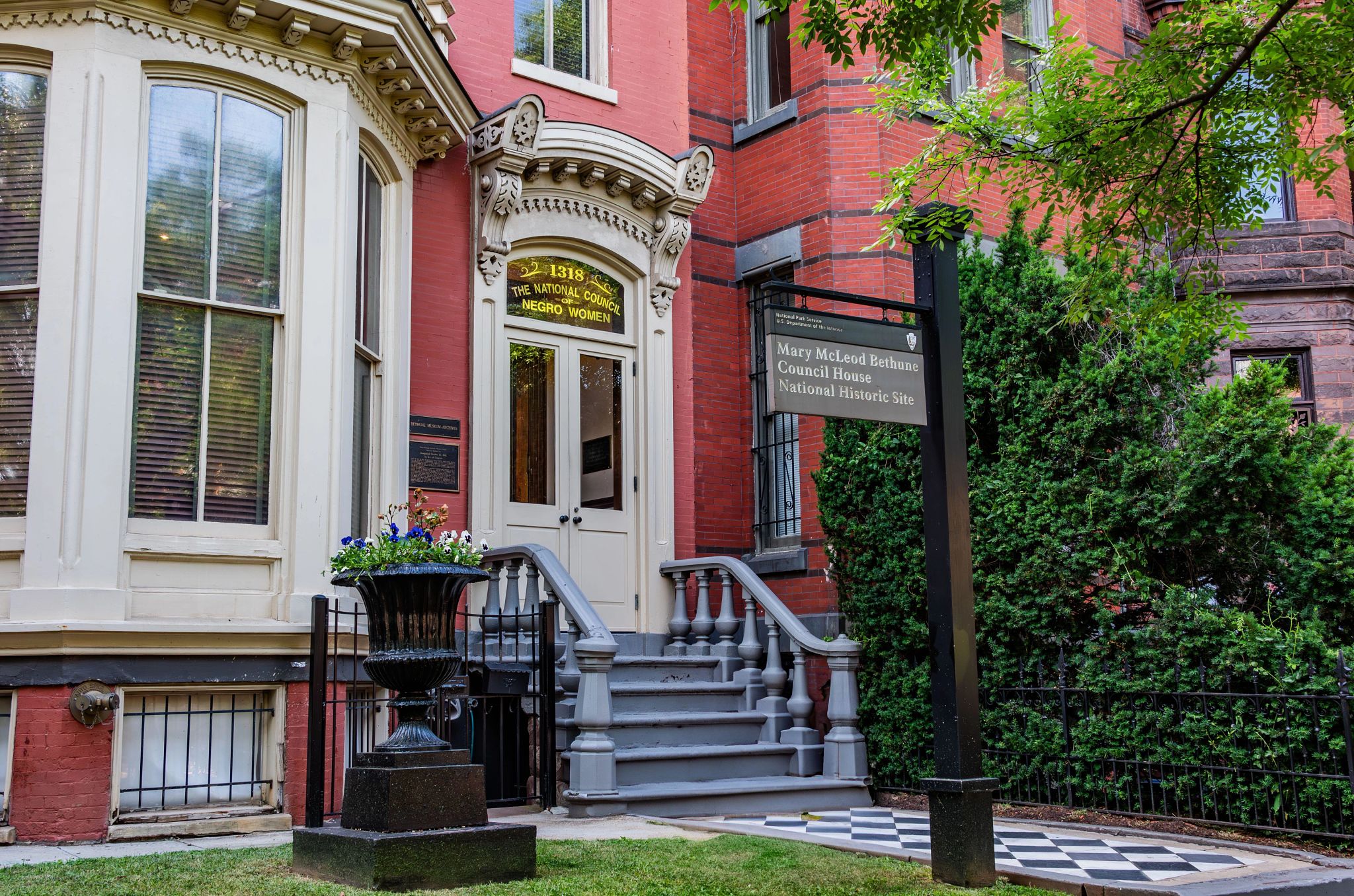
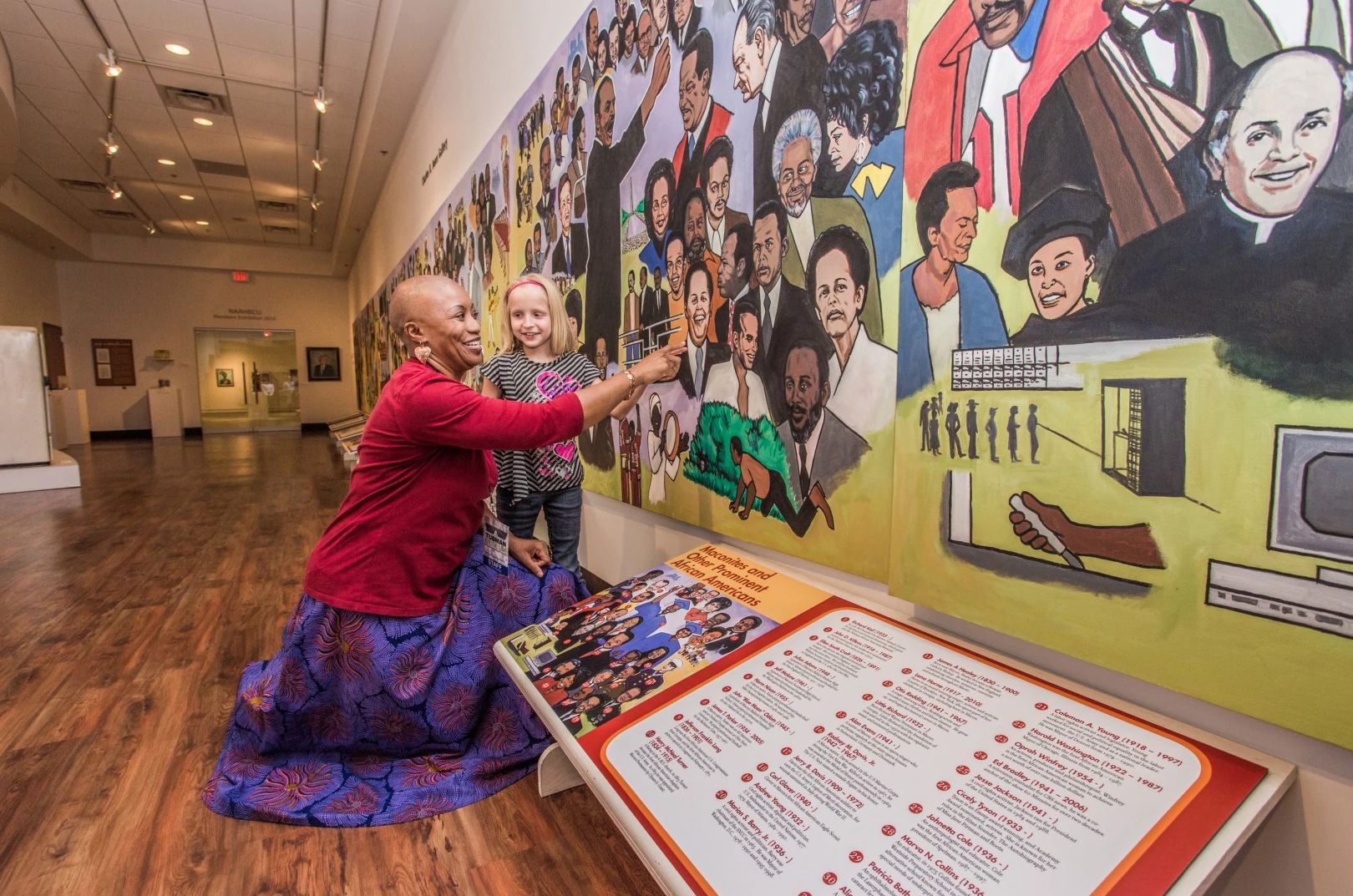
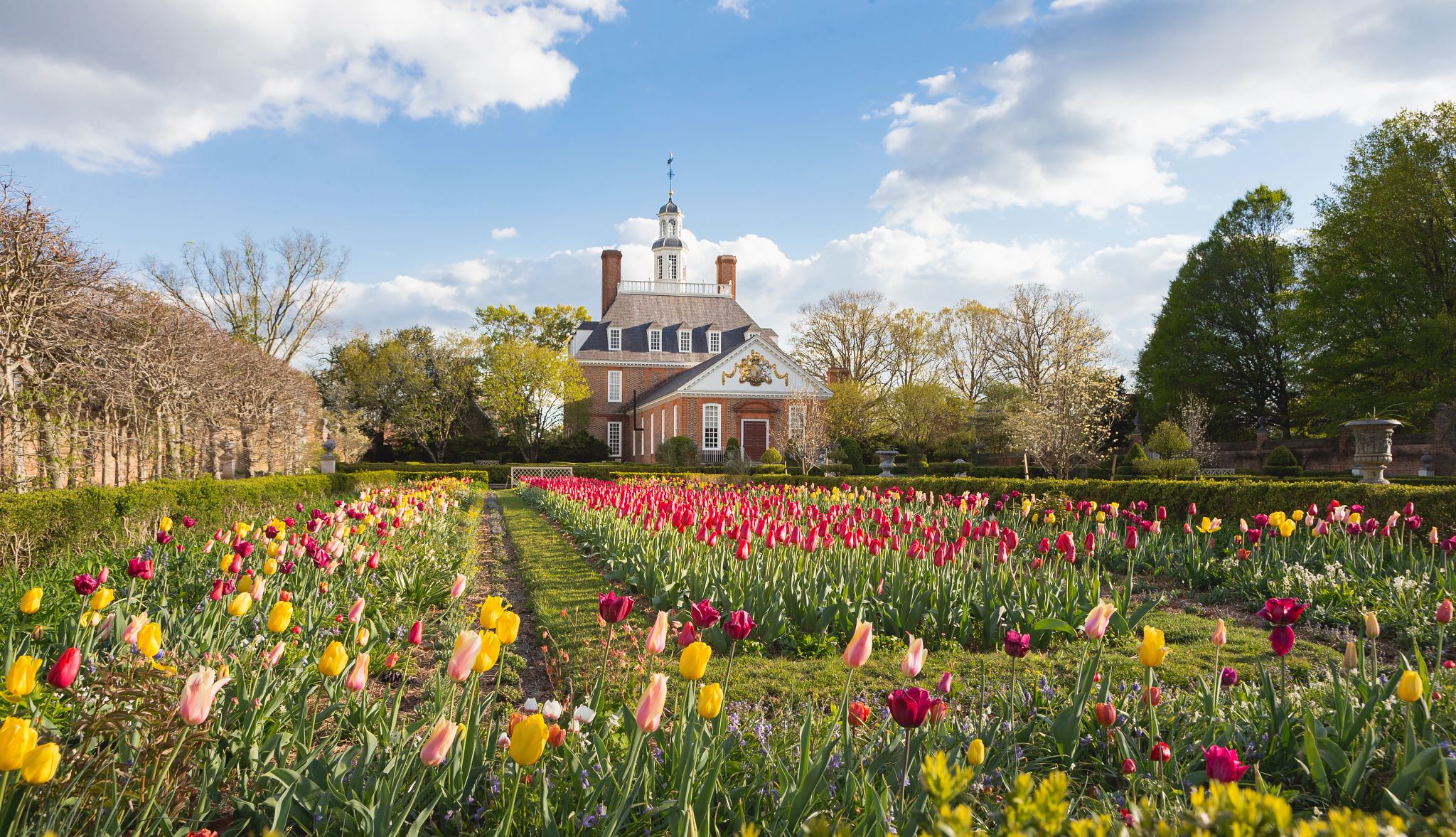
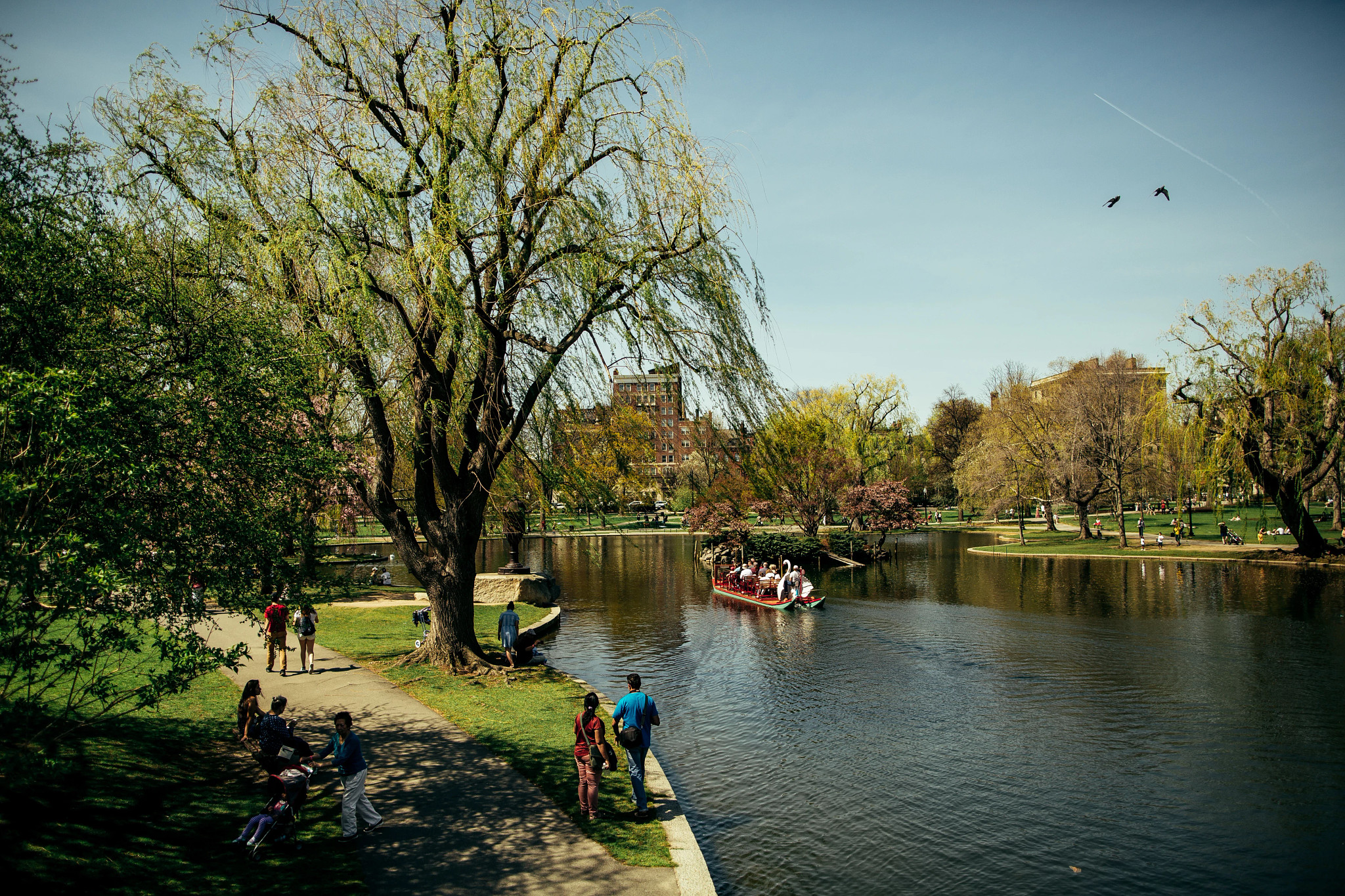.jpg?crop=true&anchor=13,195&q=80&color=ffffffff&u=lywnjt&w=2008&h=1154)

